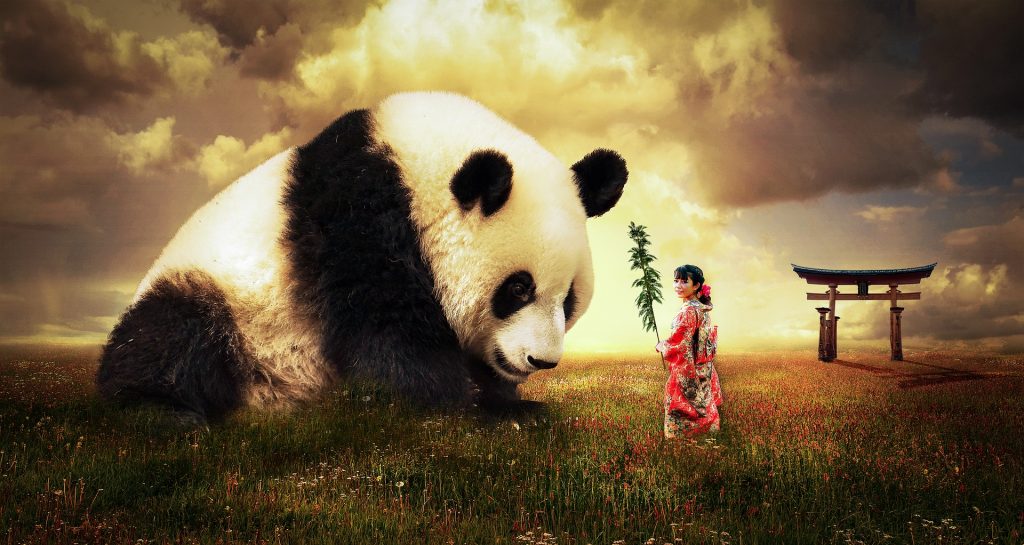
Look around, at any moment, do you realize your favorite species could go extinct? The green sea turtle, giant panda, amur tiger, tiger salamander, and so many other species are all on the endangered species list.
The truth to the matter is that there are endangered species living all around us. From time to time, we come across pictures of those larger, well known endangered species, like rhinos, tigers, and elephants, but do you ever realize the effects of endangered species and what it does to the planet?
Many people feel bad for endangered species, but that’s about as far as it goes when they think about these effects of endangered species. What some fail to realize is that if a species were to disappear, it could drastically change their life.
As more and more species are being added to the endangered list, the risk of extinction increases, and this means the entire world could change within a blink of an eye. There are changes in the environment that can lead to endangered species without any of us even realizing it – we are going to elaborate further on this topic so that you can understand what we’re talking about.
What is an Endangered Species?
Okay, so what is an endangered species? An endangered species is any plant or animal that is facing a danger of disappearing completely from the Earth. There are different levels of endangerment, but if there is a plant or an animal that is classified as an endangered species and they are on the list, there should be efforts in place to protect that species.
There are different reasons as to why a species may be on the endangered list. These reasons may include:
Human Exploitation – There are cases where humans have used rare plants or animal to make money. Take the ivory that comes from elephants and hors from rhinoceros as an example.
Habitat Loss – This just so happens to be one of the main causes of endangerment. Whether humans destroy a complete forest or a natural disaster happens, habitat loss can have an impact on species, many times, even wiping them out. Animals and plants rely on their habitat for survival, just as humans do, so any damage or loss could cause them do die off.
Natural Competition – It’s normal for animals and plants to compete with each other, whether for water, food, or habitat. If there is one species that dominates the other, then the weaker species may more than likely become endangered.
Disease – By all means, disease has an impact on both animals an plants, just as it does humans. Just stop and think about Covid-19 for a brief second, it has had a major impact on a large amount of our human population, unfortunately. The same disaster can happen when a disease targets a species.
Displacement – This is a lot like habitat loss. If a natural disaster strikes or if there is some form of human activity that is causing a disturbance within a habitat, then the species may try to go to a new location where they can’t really survive. Often times, that species isn’t able to adapt to the change well enough in order to survive.
Invasive Species – Invasive Species aren’t native to an ecosystem. Invasive species can take over an entire habitat and cause trouble for the native species.
There are numerous other factors that contribute to a species becoming endangered, but what we just discussed are some of the more common factors.
The Endangered Species Act
Fortunately, there’s something called an Endangered Species Act that was issued back in 1973. This act was passed in order to protect those species that were on the brink of extinction. This act covers both international and domestic endangered species.
The endangered species act is focused on protecting and conserving not only the endangered species, but their habitats as well. There are certain states that reach out to provide financial assistance to help maintain conservation initiatives, like programs and certain learning opportunities.
When Biodiversity Decreases
Biodiversity can be described as the web of life – this is what connects everything together. As more plant and animal species are placed on the endangered species list, biodiversity is going to decrease and this is something that will put human health and wellbeing at risk as well as the economy and the environment.
Effects on the Environment
Ecosystems are balanced with just the right number of predators and prey to keep the circle of life going. As species go extinct, they are removed from the food chain. Animals that rely on the newly extinct species have to adapt to this change and learn to find new food sources or they will starve and die off as well.
This circle can continue and cause harm to other animal species or plants. To elaborate a bit further, the prey’s population can proliferate, and in return, this can cause an unbalance to the local ecosystems.
The Effects on Humans
As humans, we’re sharing an ecosystem with endangered species, and this is something that is unavoidable. What this means is that when a population of a certain species is diminishing, human life in that ecosystem will alter.
For example, think back to when the American Bison first started to disappear – humans who were relying on them for food and fur (for the warmth) or even trading ended up suffering and had to move on to other sources of income and food for survival. This is a change that was hard to adapt to, but it was possible and sometimes, those changes aren’t possible.
Then you have the fact that some animals act as a buffer for certain diseases. If any of those species were to become endangered, then the human race would be more at risk of that disease. Other animals and plants are food sources for humans, which mean without them, the food scarcity is going to increase.
Effects on the Economy
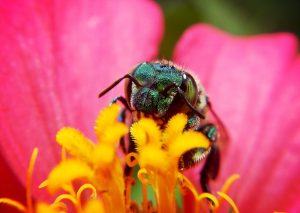
Don’t forget that the economy is relying on various species. Take the honey bee as an example. Over the recent years, the bee populations have gone down. In the U.S, since 1947, there is a reduction of over 60 percent.
Bees are responsible for pollinating various plant species, which includes multiple plants that make up a big portion of the human diet. In the U.S Agricultural Department, Bee pollination is highly valuable, bringing in billions of dollars each year. So think about it, what kind of impact would the extinction of a simple bee have on the planet?
Conclusion
From everything you just read, surely you now understand how changes in the environment can lead to endangered species. When one species falls, this can cause another species to fall. This is something we all need to think long and hard about, and try to do our part in keeping each and every species alive.
Something as simple as a bee can become extinct and change human life as we know it (bees are great for pollinating plants). It’s time that we all start to recognize the species on the endangered list and become their voice so that the circle of life doesn’t have to change.

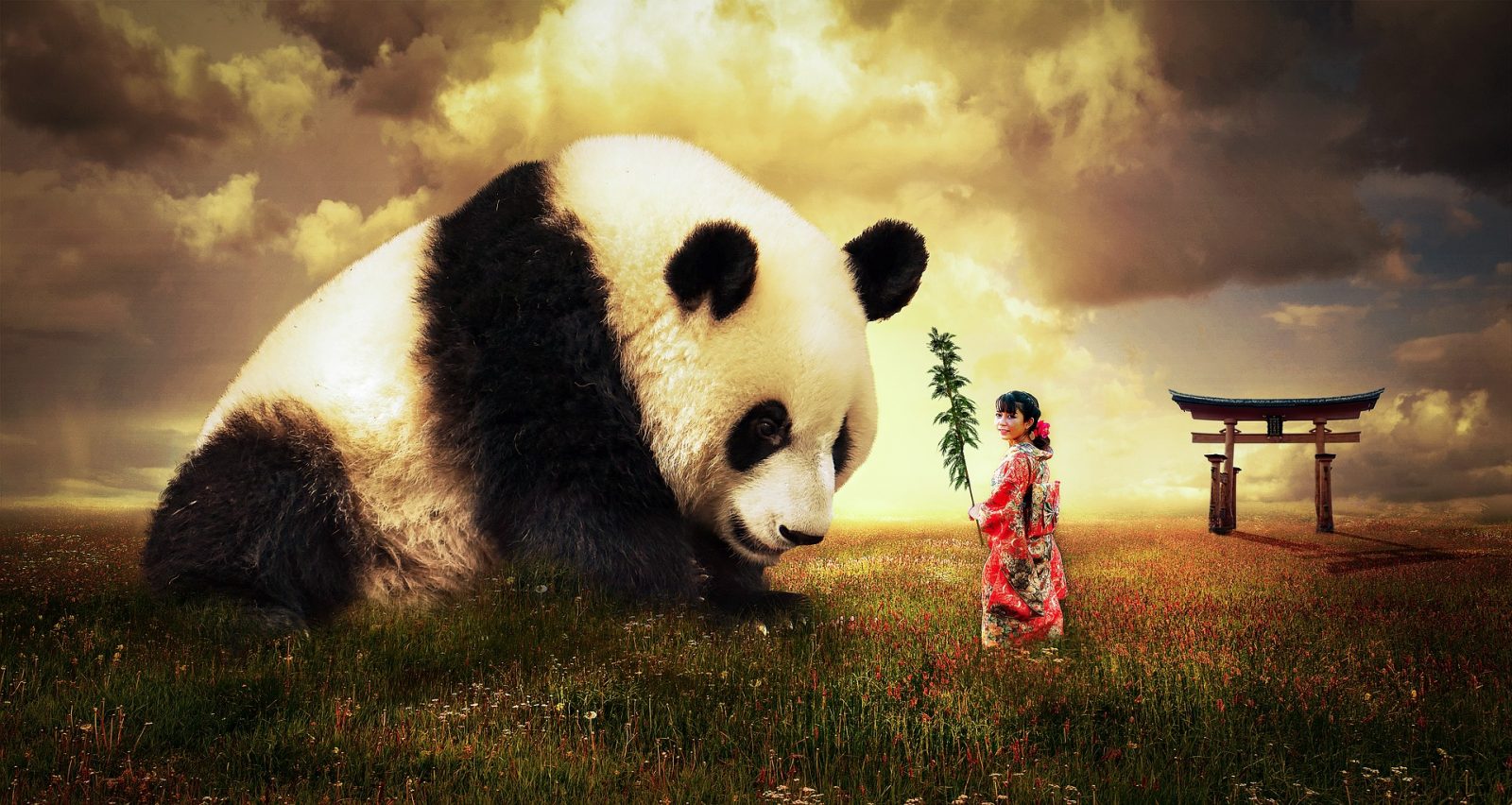



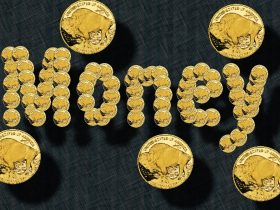


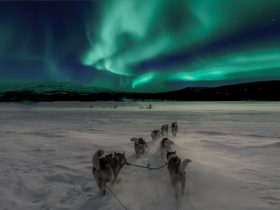


Leave a Reply